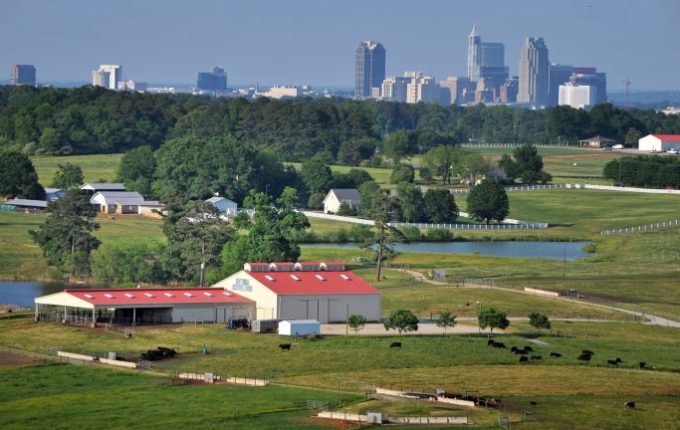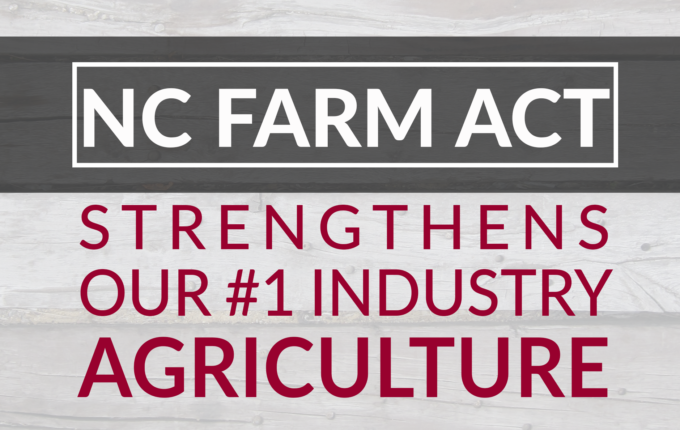America’s rural transportation system is in need of repairs and modernization to support economic growth in the nation’s Heartland, which is a critical source of energy, food and fiber. Rural America is home to an aging and increasingly diverse population that is heavily reliant on the quality of its transportation system. This is according to a new report released today by TRIP. The report, Rural Connections: Challenges and Opportunities in America’s Heartland, evaluates the safety and condition of the nation’s rural roads and bridges and finds that the nation’s rural transportation system is in need of improvements to address deficient roads and bridges, high crash rates, and inadequate connectivity and capacity. TRIP is a national non-profit transportation research group based in Washington, D.C. The chart below shows the states with the highest rate of rural pavements in poor condition, states with the highest share of structurally deficient rural bridges and those with the highest fatality rates on non-Interstate, rural roads.
The following commentary is by North Carolina Farm Bureau President Larry Wooten, first published in the Summer 2017 issue of NC Field and Family.
New task force promotes agriculture and rural prosperity
 At North Carolina Farm Bureau, we advocate for farmers in the halls of Congress and the offices of the N.C. General Assembly, but we’re nonpartisan. Our focus is with our family farmers and their rural neighbors. They established this organization, and it belongs to them.
At North Carolina Farm Bureau, we advocate for farmers in the halls of Congress and the offices of the N.C. General Assembly, but we’re nonpartisan. Our focus is with our family farmers and their rural neighbors. They established this organization, and it belongs to them.
On April 25, President Donald J. Trump did something good for farmers and agriculture. He issued an executive order entitled “Promoting Agriculture and Rural Prosperity in America.” Much of it reads like a battle plan farmers might use if storming their enemies’ furrows.
 Economy
Economy
Written by Dr. Mike Walden and originally published at NCSU CALS News.
My wife and I have one foot in rural regions and the other in big cities. We were both born and raised in small towns – I in an unincorporated town (meaning it wasn’t big enough to qualify as an official municipality) in Ohio and she in a recognized town (but still tiny) in upstate New York. I have a vague memory of my mother pulling me in a little wagon to the country store for groceries. On the way home, the groceries were in the wagon and I would walk!
But we’ve spent almost the last forty years of our lives living in Raleigh since I joined the faculty at N.C. State in 1978. Although it may not have been when we moved here, Raleigh today is certainly a big city. Indeed, it is recognized as one of the most dynamic big cities in the country.
My wife and I love both cities and the country. That’s one reason North Carolina is so great – it has both busy urban areas as well as tranquil rural regions.
But often the urban and rural areas don’t seem to get along. For example, in the 2016 presidential election, urban areas tended to vote for Secretary Clinton while rural regions favored President Trump. We saw the same urban/rural split in the North Carolina gubernatorial and General Assembly elections.
The urban-rural divide in North Carolina also extends to public policy. Here are two examples. Local public schools are partially supported by local property tax revenues. Since property values per resident are often higher in urban counties than in rural counties, there’s been a long-running debate whether this wealth disparity gives urban counties an unfair advantage in funding public schools.
The second example is sales taxes. Part of the sales tax revenues collected by the state are returned to the counties, but there’s an issue over how to do this. Should the distribution to counties be based on where the sales occurred or where the buyers live? North Carolina has a formula using both factors, but there’s frequently a debate about the relative importance of each in the formula. Indeed, legislation was introduced this year in the General Assembly to change the formula.
Has the urban-rural feud gotten worse? Some say three powerful forces – globalization, the elevation of education’s importance and population trends – have moved urban and rural areas farther apart in recent decades.
 State Government
State Government
Stick with us here. Most people probably understand the wisdom, or can at least appreciate the purpose, of maintaining your home. Over time your home gets cluttered, things break, and some of those deep, dark corners you never visit have to be dealt with. It’s not always a fun job, but doing it can make your home a more enjoyable place to live.
North Carolina’s statutes, just like a home, require ongoing maintenance. So it’s necessary, on occasion, for the Legislature to take a look at our statutes and clean up some of the confusing, unhelpful, and out-of-date provisions.
That’s where the annual Farm Act comes into play. Each year since 2013 state legislators have passed a Farm Act to make necessary changes to the law to better serve North Carolina’s farmers.

